
-
Shop by Type
-
Shop by Culture
-
Collections
Home » Blog » Cultural Heritage » The Ankh: A Timeless Symbol of Life and Eternity
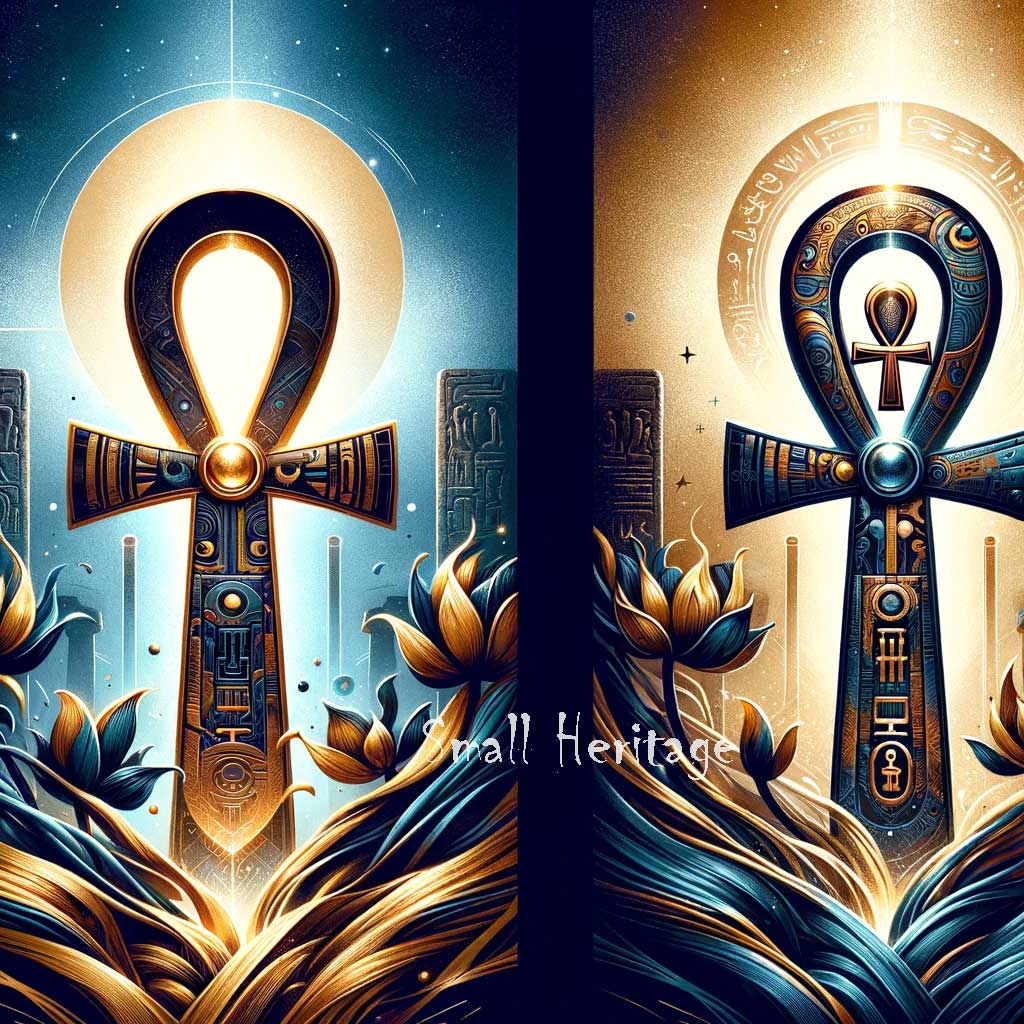
The ankh, a symbol rich in history and mystery, has captivated humanity for centuries. Revered by ancient Egyptians and adopted by various cultures over time, it represents life, immortality, and the universe. In my store, the ankh pendant isn’t just a piece of jewelry; it’s a wearable piece of history. This article delves into the ankh’s origins, meaning, and enduring significance.
The ankh, also known as the key of life, is one of the most recognizable symbols from ancient Egypt. Its origin, shrouded in antiquity, dates back to the Early Dynastic Period (c. 3150 -2613 BCE). Depictions of the ankh are found in tomb paintings, scriptures, and Egyptian art, symbolizing life and immortality.
The ankh’s design, a cross with a loop at the top, is thought to represent the rising sun over the horizon, symbolizing the beginning of life. Some theories suggest it depicts a sandal strap, a mundane object given profound significance. The loop symbolizes the sun, while the vertical section represents the path of the sun.
In ancient Egyptian culture, the ankh was a symbol of both physical and eternal life. It was often held by deities or pharaohs to demonstrate their power over life and death. The symbol transcended mere ornamentation; it was integral to religious rites, including ceremonies for the dead, ensuring their immortality.
In Egyptian art, the ankh was frequently depicted in the hands of gods and goddesses, either extended towards a king or queen to confer the gift of life or held to the gods’ noses, symbolizing the breath of life. As a hieroglyph, it represented the concept of life and was a common fixture in tomb inscriptions and amulets.
The symbol of the ankh traveled beyond the sandy borders of Egypt. It was adopted by the Coptic Christian church as a symbol of life everlasting, merging ancient traditions with Christian beliefs. The ankh’s journey from a pagan symbol to a Christian one is a testament to its powerful and universal appeal.
Today, the ankh has found a place in modern culture. It is a popular motif in jewelry and art, symbolizing life, wisdom, and insight. The ankh also represents a connection to the ancient world, a bridge to the mysteries of the past.
In my store, the ankh pendant is more than a fashion statement. It connects the wearer to a rich historical tapestry. Each pendant is a celebration of the resilience and beauty of ancient Egyptian culture. Wearing an ankh pendant is not only a nod to history but also a personal statement of life and eternity.

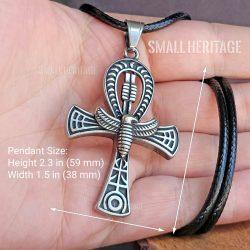
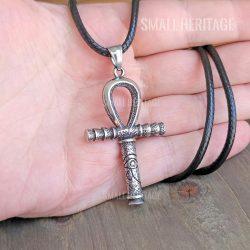
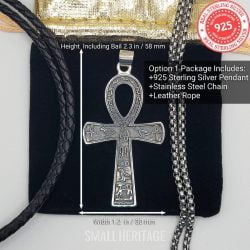
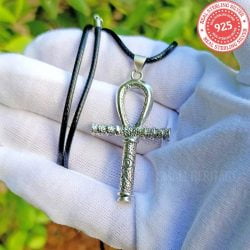
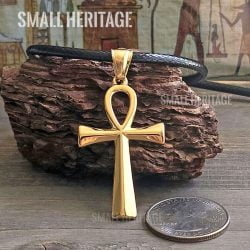
The ankh’s journey through time is as enduring as the symbol itself. From ancient Egyptian tombs to modern-day jewelry, it has been a constant representation of life, immortality, and the mysteries of the universe. As you wear an ankh pendant from our store, you carry a piece of history, a symbol that has transcended time, culture, and religion, continuing to fascinate and inspire.
© 2025 Small Heritage. All rights reserved.
© 2025 Small Heritage. All rights reserved.